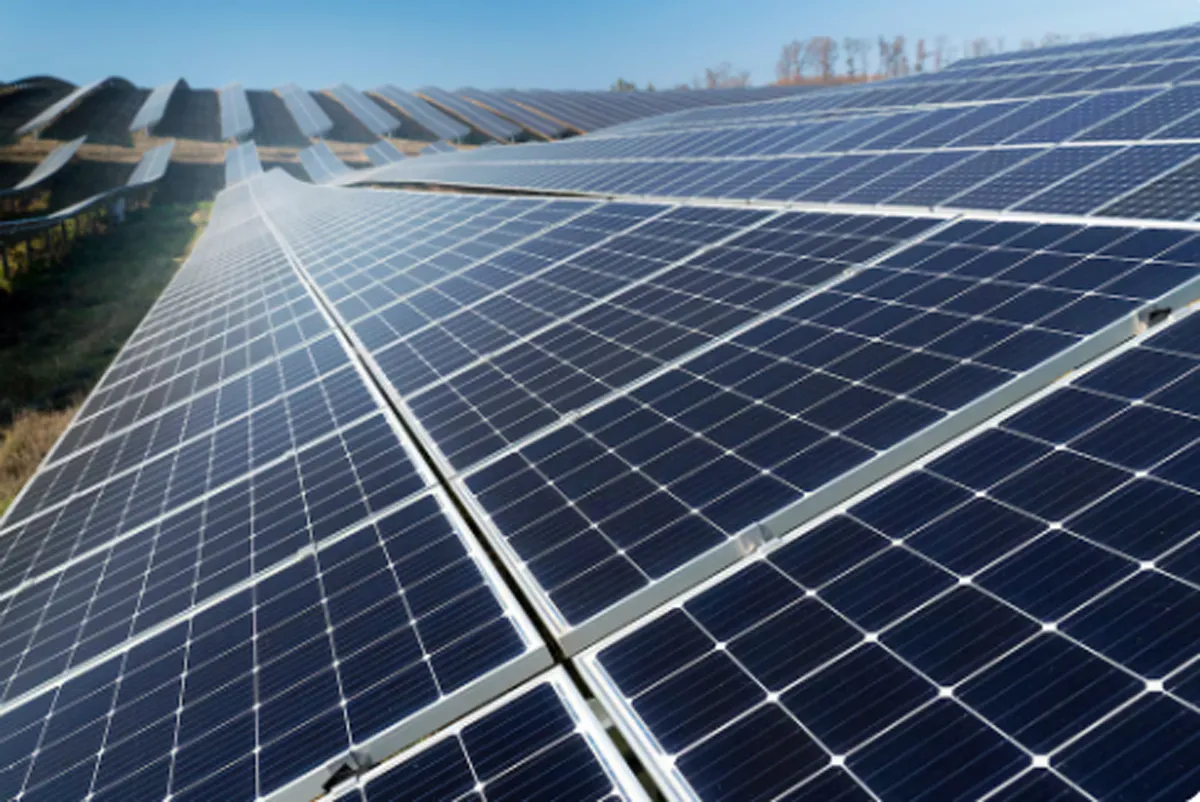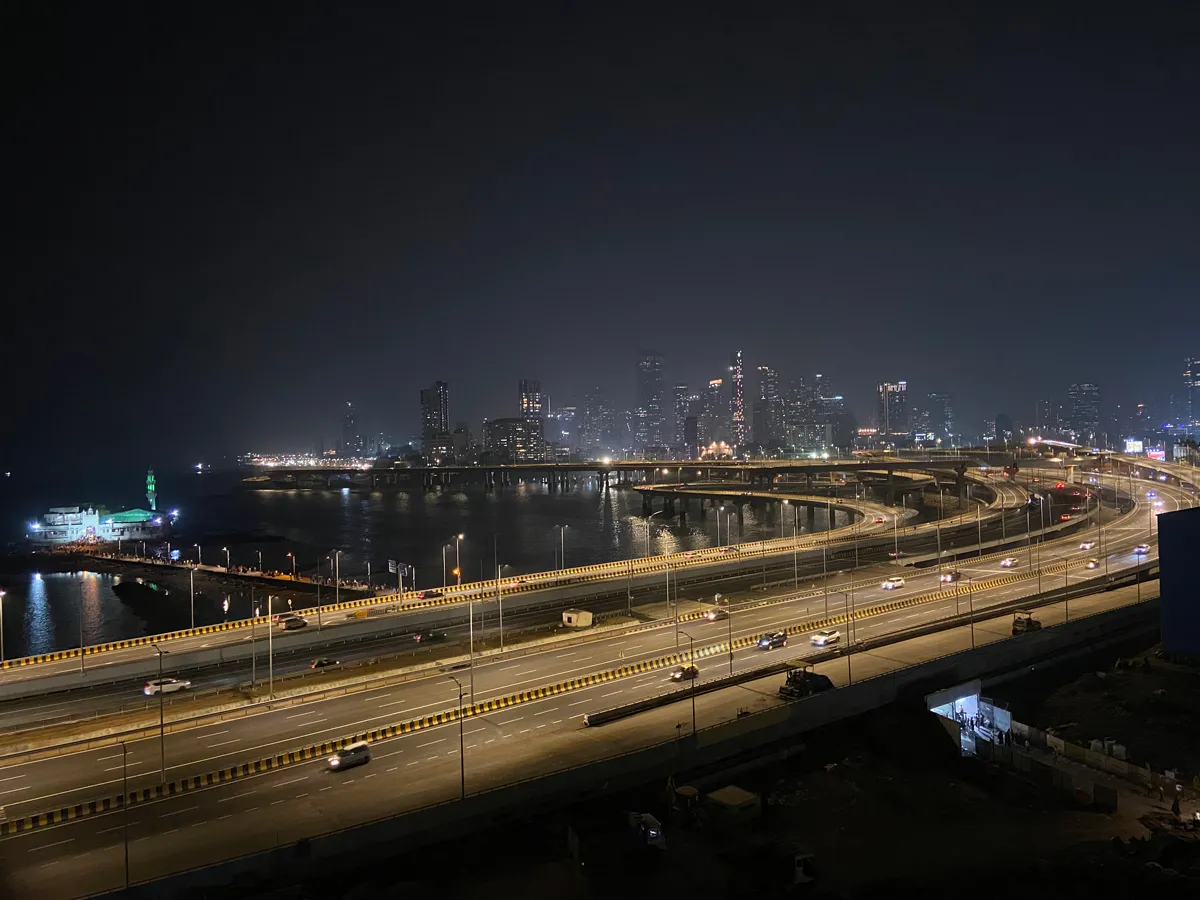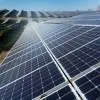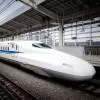- Prakasan TP, COO, MEP Business, Sterling and WilsonFrom being an electrical contractor in the 1980s to becoming the subcontinent’s largest mechanical, electrical and plumbing (MEP) and EPC business today, Sterling and Wilson (S&W) has come a long way. The MEP Business of the company has grown from a turnover of Rs.14.33 billion in 2012 to Rs.17.26 billion in 2018-19. S&W is one of the few engineering companies in India with a 360° service offering in MEP, encompassing HVAC, electrical, fire-fighting, fire-alarm, fire-detection, fire suppression and plumbing. Prakasan TP, COO, MEP Business, Sterling and Wilson, shares more on the market and the company’s plans and opportunities, in conversation with SERAPHINA D’SOUZA.A lot has changed over the past decade, from a time when not much was spoken about specialised services, such as MEP, electrical, plumbing, paints, façade works, insulation, lighting and waterproofing, among others. How do you see the market’s evolution for specialised services?Historically, the market was fragmented, with contractors doing electrical, HVAC, plumbing, fire-fighting and BMS. But this was not helping customers and contractors. The Middle East and Europe had long ago merged all these services into one and started enjoying the benefits for customers and contractors. India was once dominated by so-called technical consultants who wanted to have control on a particular segment. So an electrical consultant wanted electrical contractors and customers giving electrical orders directly to them. But over a period of time, productivity came under pressure. Another aspect is technical innovations, part of which is integrating things. Speaking of productivity, a few years ago, when India started growing in IT development, project management consultants came into the picture. To improve productivity, customers started looking for a good project management consultant and a good contractor who could do all the services. At Sterling and Wilson, we had five business verticals. We decided to club all these verticals into one business unit, namely MEP, when we saw a strong market demand for an integrated MEP service. Functionally speaking, when you execute individual projects pertaining to electrical, HVAC, fire-fighting, etc, there are conflicts. If all these works are done by one contractor, the entire project can be well-managed. It helps innovation; there is a technical advantage on a functional level as well as productivity. The market has started moving towards this and it has provided for a lot of opportunities in the market.With the company integrating its entire MEP business, you are targeting a Rs.30-billion revenue from the business this year. How are you working towards achieving this? Yes, we had planned a target of more than Rs.30 billion, and are moving well towards achieving it. There are certain market challenges, so we have restructured our approach. Our new businesses – industrial EPC (IEPC), Process Control & Instrumentation (PC&I) Mechanical EPC (MEPC), Industrial Fire System and Flue Gas Desulphurisation (FGD) – have received good market response. This year, a lot of FGD jobs are getting closed. So, we will get around Rs.15-20 billion orders from the MEP segment and the balance Rs.10-15 billion will come from the IEPC segment, which is primarily from infrastructure development.Which infrastructure segment is driving demand for MEP services?The airport segment is driving major demand; a lot of ports and metros are also coming up. In the South, there are opportunities in the IT buildings and commercial space and some industrial projects are also coming up. Other regions are growing by infrastructure growth capabilities coupled with some IT and industrial projects. Majorly, metros, ports, airports are driving demand.Speaking about real estate in particular, are developers now outsourcing speciality services for their projects?This is a trend we have seen. We are working with a few top builders for complete MEP works for their projects. With RERA, builders are focused on delivering on what they commit and realise the need of speciality services coming from companies such as ours. So this trend has picked up. And developers have realised the need to engage good contractors.As a specialised contractor, when do you get involved with a project?Our efforts have been to make customers realise the need for MEP and to convert their entire spectrum into MEP and get benefits from it. We talk to customers about the advantages of converting the entire project to MEP. We try to engage in the early stages of project inception and discussion. There are also customers who understand the performance-building concept. To elaborate, in a normal building you can do any kind of contracting, but when it is to be given to an IT company or a bank or office, the productivity factor comes in. There are companies converting normal projects to MEP. For any business, the key is to get involved in the initial stages because that is part and parcel of the entire thought process of customers.In terms of technical advice, what value-adds does the company offer clients?Our value-add mainly comes in the form of energy-efficiency. We need to have systems that will take care of the maximum load but are controlled by an automated system that senses each and every aspect of energy management. This helps reduce the operational and energy costs. Another thing catching up is light management; the right light levels are required for better productivity and oxygen levels. These are all areas where we provide value-added services, which encompass design of HVAC systems, water supply and lighting. Speaking of impact on operational efficiency, how much of the project cost does specialty contracting constitute? Also, what is the RoI involved?It depends on the segment and type of contract. While it would be difficult to put a number to it, on average it would be around Rs.750-800 per sq ft, but it depends a lot on the composition of things. As far as RoI is concerned, we do not get into that aspect because the customers decide it. Having said that, our integrated approach provides the customer the benefits of operational cost reductions and productivity enhancement. There was a tendency for people to only look at the capital investment – Capex, the one time investment they were making. They were not really focused on the operational expense. Capex plus the depreciation plus the Opex becomes an entire cost for the customer. It can reduce operational expenses, considering the building has to be there for 30-35 years. Hence, delivering the right qualityis key as is the reduction of maintenance management of systems. What challenges is the industry in India facing? How are you strategising to overcome these?We do a market movement analysis every quarter. Last February-March, through our analysis, we realised that there were a lot of opportunities and these are still there, but decision-making has become a little slow. While customers are still serious about projects, they are differing. We have started focusing more on infrastructure projects now. So all across, we have a lot of orders to the tune of `20 billion coming from mega projects and we are focusing on another `10 billion for infrastructure projects – industry and process control and automation. In some way, we are compensating for the reduction happening in other segments by focusing more on infrastructure projects.The company plans to enter international geographies like Bangladesh, Bhutan and Nepal and beyond...We will not focus much on international business. Nepal has certain opportunities, but more in tourism with a lot of hotels coming up there. Bhutan, not so much. Bangladesh is giving us several opportunities. We have started work in Bangladesh to focus on large World Bank-funded and JICA-funded jobs. In addition, we are going to take up industrial EPC in Africa and the Middle East. Our activities have already started; the registration process in the Middle East is going to happen. We will get into these territories and further develop in these areas.The company currently enjoys a 15 per cent share in the domestic MEP market. Tell us about the company’s performance last year and plans for this year.Last year, over 50 per cent of our order book in India came from integrated MEP orders. A certain amount is coming from the regional business, so that is the top-line growth part. As for revenue, as we had around Rs.20 billion of orders last year, this year will not be a problem for us. It is with the backlog and orders coming in that we hope to commit to the financial numbers this year as well. In case we do not reach the numbers from MEP, our other businesses need to develop, which is already happening. We identified a shift in the market from the private segment to government segment, which is primarily infrastructure jobs. We have formed a mega project scheme that will take care of large projects of Rs.1.50 billion and upwards. As the SP Group is also focusing on certain infrastructure projects, there are internal works that will help develop our business. Further, we will be working with other general contractors who are focusing on tunnel jobs, ports and airports. The industrial PPP, oil and gas segments are going up and will give us certain growth. What’s more, there are a lot of automation and IoT projects coming up. So we can continue our growth story even with the challenges in the market.



















